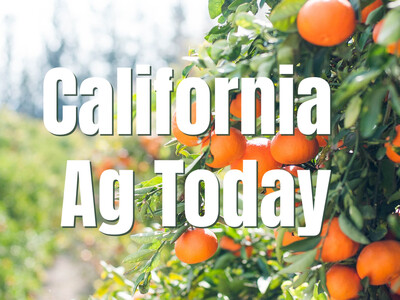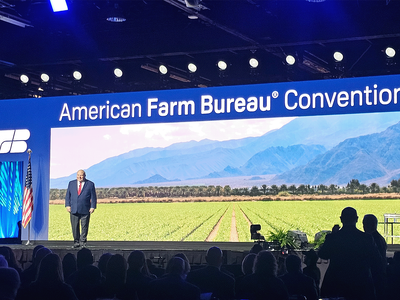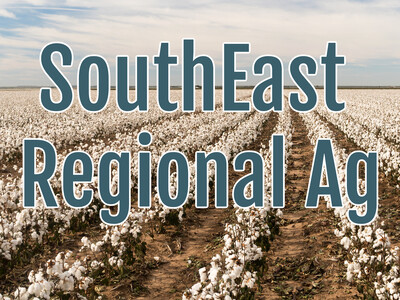Farm-Level Emissions Reductions - Part One

Tim Hammerich
News Reporter
Agriculture is under a lot of pressure to reduce emissions. That’s coming from regulators, consumers, and other stakeholders. For a company like AGCO, there are Environmental, Social, and Governance or (ESG) standards that their investors expect them to meet. This includes not only their footprint but also the footprint generated by their customers.
Parker-Smith… “As a company, we look at three types of emissions: we have these scope one and two emissions, which are the emissions that we directly generate or that we effectively use from the grid. Scope three emissions is effectively anything that AGCO doesn't generate itself, but it's an indirect impact of either our supply chain or the use of our products.”
That’s AGCO head of global sustainability Louisa Parker Smith.
Parker-Smith… “So of course, a farmer using one of our machines - one of our tractors, is of course generating emissions from diesel, for example, and other emissions at the farm level. And so really companies are starting to go beyond their own four walls and look to those emissions that are generated within the supply chain or with the products in use.”
Parker-Smith says it’s not just machinery companies that are under this pressure, but food companies as well will start to expect these emissions reductions from their vendors, including farmers.
To help customers with this, AGCO is investing an estimated $400 million into R&D this year to provide improvements for their customers.












